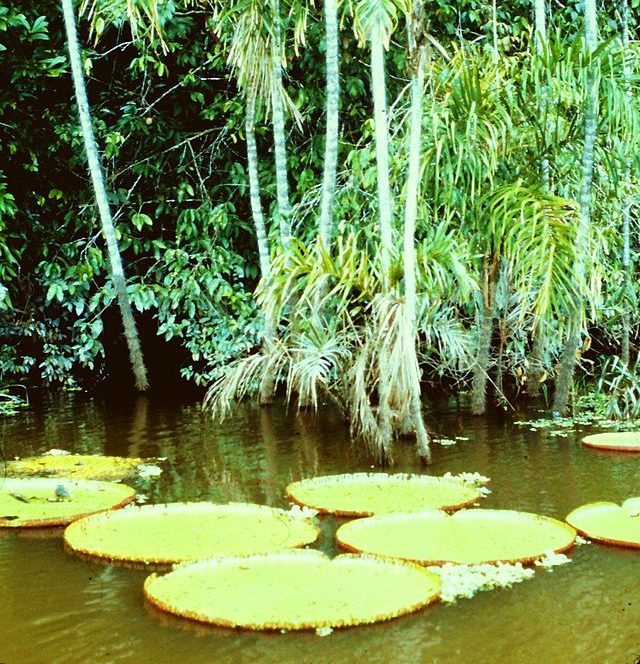Peruvian authorities maintain forecasts of heavy rains in the north of the country.
Rainfall forecasts for northern Peru remain above 75 millimeters per day in the regions of Tumbes and Piura, reports the National Emergency Operations Center (COEN). Senamhi does not rule out an increase in botrytis, anthracnose, aphids, mites, among other phytosanitary problems.
According to the latest weather report, heavy rains will continue in the coming days, especially in the north of the country. According to the National Emergency Operations Center (COEN), rainfall forecasts in northern Peru remain above 75 millimeters per day in the regions of Tumbes and Piura, while in the highlands and jungle they are above 45 millimeters per day, according to the National Emergency Operations Center (COEN), via EFE news agency.
In Lambayeque, rainfall forecasts are at 20 millimeters per day and in La Libertad at 15 millimeters per day, after being the first regions to suffer from heavy rains and river overflows last March.
Regarding the ambient temperature, the COEN report detailed that it will be close to 32 degrees Celsius in the regions of La Libertad, Ancash, Lima and Moquegua, as well as over 34 degrees in the southern region of Ica and close to 29 degrees in Arequipa and Tacna, on the border with Chile.
Meanwhile, Senamhi reported that in the coastal strip crops such as mango, grapevine, apple and other fruit trees, require minimum cold temperatures typical of the autumn and winter seasons, for the necessary process of the beginning of flowering; however, due to the higher than normal humidity coupled with the expected warm days, an increase of botrytis, anthracnose, aphids, mites, among other phytosanitary problems would not be ruled out.
On the north coast, in producing areas of Piura, the expected warm night temperatures could affect the natural flowering process of the mango crop in Peru, while in Lambayeque these conditions would be favorable for vegetative sprouting.
In crops such as rice, higher than normal maximum and minimum temperatures would influence the proper filling of grains that are in the ripening stages. In addition, these conditions would be favorable for a higher rate of vegetative growth in the case of crops in initial and reproductive stages, as well as in hard yellow corn and Peruvian sugarcane crops.
Source: Redagricola.com
